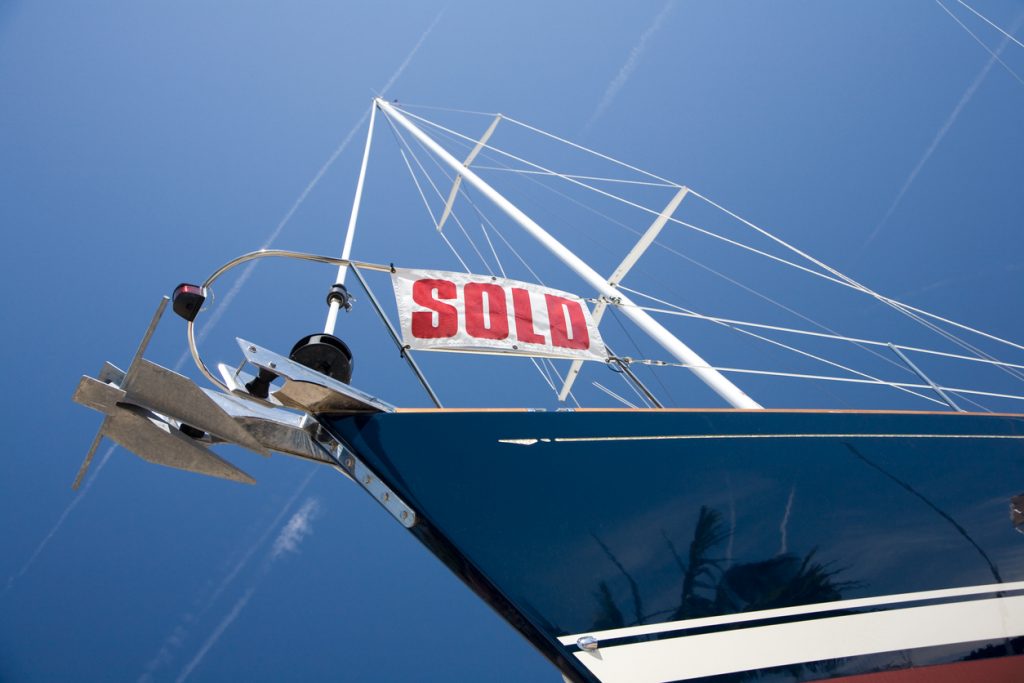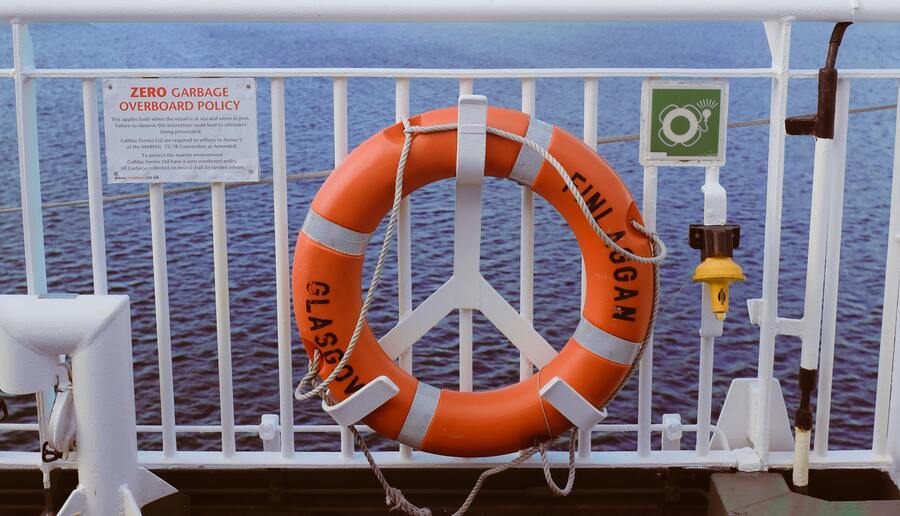The emergence of AIS (Automatic Identification System) technology has completely revolutionised the way we view marine traffic and also navigation safety.
AIS systems are mandatory in large commercial cargo and passenger ships, and although it's not a legal requirement to have an AIS transmitter onboard recreational boats, everyone could really benefit from the safety they provide. AIS technology now allows us to map the world’s oceans.
Hot it works
AIS works by constantly transmitting information about a vessel’s identity, position, speed and course. This signal can be read by other AIS fitted vessels, coastal stations and maritime safety authorities. Realising the benefits of effectively managing an operation similar to air traffic control in open waters, in 2002 AIS technology became compulsory for passenger ferries and vessels over 300 gross tonnes the world over.
Combining VHF radio and GPS technology, AIS transponders automatically update the information it broadcasts, providing coast stations with the data needed to visually display a live map of marine traffic in the area.
AIS transponders easily connect to numerous forms of chart plotter and PC charting software. Transponders are able to transmit distances similar to VHF radios and its signal can also move around obstacles far better than RADAR.
Class A/B
Class A transponders are the compulsory AIS systems fitted onboard large commercial cargo and passenger ships. Class B transponders were later developed for smaller vessels at a much lower cost, far more simple to install and user friendly.

*Some Class A transponders and receive only devices may require software update to receive the latest Class B vessel detail messages.
** Some receivers may include these features.
The Benefits of Installing AIS Technology on your Vessel
• Never being invisible on the water
• Unrivalled navigation safety when visibility is poor.
• The best possible route through around high traffic areas
• Instant position transmission in an emergency
• See round corners and get the best possible picture of your environment
• Identify other vessels and quickly find a HF voice contact.
• Track your favourite vessels, friends, family etc.
• Be part of the solution, not the problem
AIS and Beyond
400km above us is the International Space Station, which has been equipped with a space-based Vessel ID System receiver that has been working with AIS since 2010. The ISS now receives position reports from over 22,000 different ships every day. The video by NASA below explains how the ISS came to experiment with AIS technology and how it has literally saved lives.
View a wide range of electronic charts and navigational software products on our sister site
For all the latest news, discussion and competitions, follow us on Facebook
">ReelNASA


